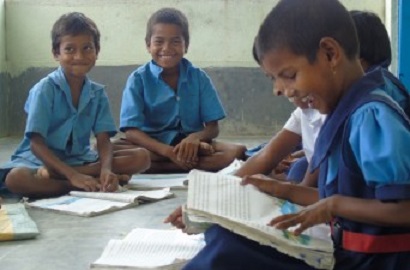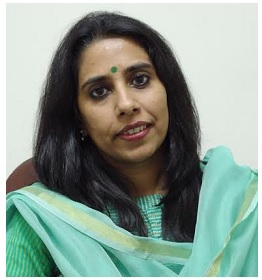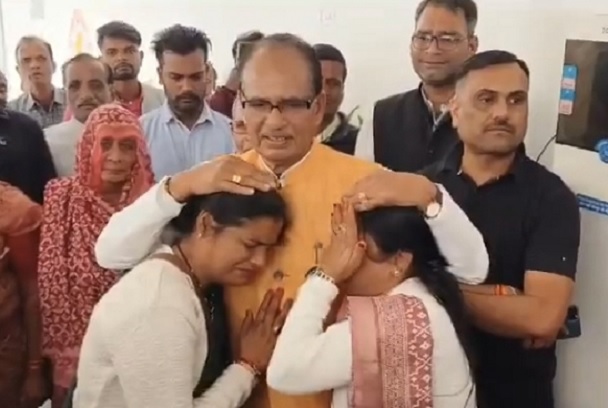'The new education policy has the potential to revive India’s education system'

By Soha Moitra
Our National policy on Education is undergoing revision after a good 30 years. The policy which was first framed in 1986 was last modified in 1992.
However, since the revision has come after a long gap it will have to take into account the huge socio-economic and political changes that have occurred since then.
Despite having achieved significant progress especially post the implementation of the (Right to Education) RTE Act, issues pertaining to quantity, quality, access, efficacy and financial outlays still remain. In fact they have built up to huge proportions and therefore must be tackled with utmost urgency.
A greater demand for education calls for a strong foundation in schools so that we achieve the desired learning outcome. Learning outcomes are a combination of several factors as laid down below.
uality infrastructure and qualified workforce are the two most important components and the Right to Education Act 2009 has rightly emphasized on them, setting deadlines which we have unfortunately failed to meet.

In the 7 states that CRY study conducted recently, Andhra Pradesh was found to have the highest number of schools without drinking water and toilet facilities.
More than 70% schools in Jharkhand, Bihar, J&K, Orissa and MP have no electricity and a mere 25% schools have computer facilities
According to the latest available DISE data (2014-2015) less than 65% schools have playground and boundary walls.
While 87% schools in the country have girl’s toilets faculties, ground realities often reveal that most toilets are non functional mostly due to non availability of water.
Improving the basic infrastructure in terms of all weather classrooms, drinking water facilities and functional toilets is essential since it will have a direct bearing on the attendance and consequently the learning outcomes.
Teachers are pivotal to the learning process but lack of enough and qualified teachers has often been a disabler.
According to the 12th five year plan there are 5 lakh teacher vacancies in the country and another 5 lakh teachers are required to meet the RTE norms on pupil-teacher ratio. Furthermore 2.25 lakh in service teachers are still untrained as indicated by DISE (2013-14).
Need-based and on-site training of teachers should be given utmost importance as it not only brings in an element of innovation and interest in the teaching-learning experience but also helps teachers to identify and course correct problems faced by children like slow learning, lack of interest, disciplining etc.
Similarly a balanced pupil-teacher ratio allows for individual student attention and thus affects the effectiveness. The RTE Act allows for a certain teacher-student ratio to be followed in both primary (30:1) and secondary schools (35:1). However the latest DISE data shows that in some states like Bihar and Uttar Pradesh, more than 50% schools have Pupil Teacher ratio above the prescribed RTE norms
Studies conducted by the National University of Educational planning and Administration (NUEPA) reflect an urgent need to improve children’s learning outcomes. It also points to how achievements varied greatly based on socio-economic backgrounds of children, with students from general category performing better than their SC/ ST/ OBC counterparts.
Exclusivity often hampers learning.Discriminatory practices based on issues like caste, religion, gender, disability etc force children to miss classes eventually leading to their dropping out of schools.
Inclusivity in education should also cater to the learning needs of children from disadvantaged background. For this, not just teachers, school staff and communities but even children need to be sensitized and trained to be inclusive
Besides focusing on the current policies and their implementation, the NEP should also define the future vision and pathway for the RTE act so that its coverage can be extended to children in the age group of 0-6 years and 14-18 years.
Though formal education begins much later, the role of quality pre-school education in enhancing learning outcomes at elementary levels cannot be disputed. It is at this stage that children develop their basic skills and focus on learning. Early childhood care and education provided through ICDS needs to emphasize the early stimulation and development of children, in contrast to simply being a vehicle for supplementary nutrition.
Children falling in the 14-18 years bracket are most prone to dropping out of schools. These children, particularly girls become most vulnerable to child marriage; trafficking and child labor. This downward and upward extension of the RTE act would entail state ownership of secondary education in terms of access and availability to the most marginalized along with adequate public spending
Education is not simply a preparation for the future but an investment on our children in the present. This is why it is important to ensure an effective interplay of a range of supportive factors; an enabling policy and an enabling home, community and school environment. Guaranteeing this would require the strong will of all stakeholders particularly the government.
The NEP therefore has a tremendous potential to change the educational landscape of the country and provide a framework of education for children in its entirety
The author is Director – Child Rights and You
(Views expressed are her personal)










